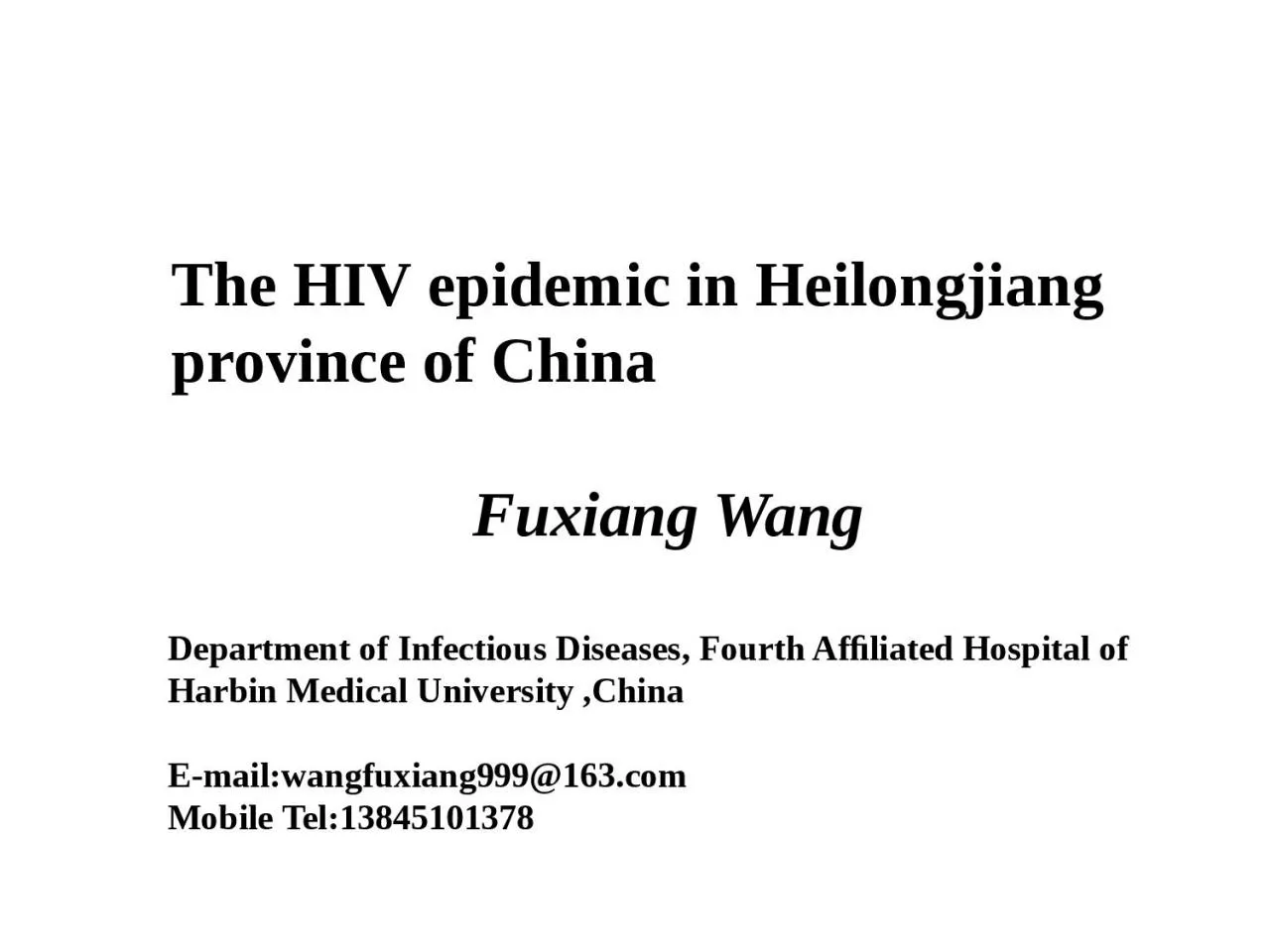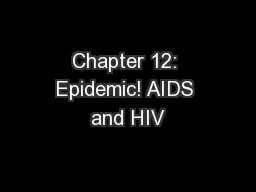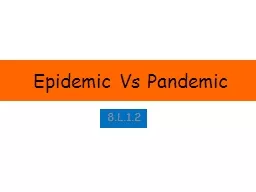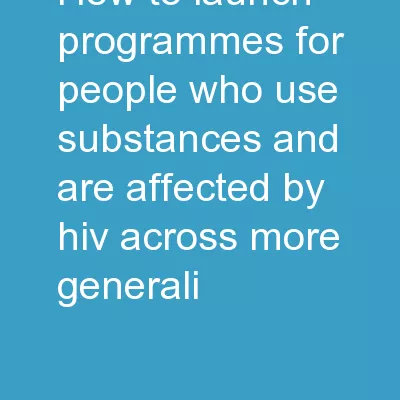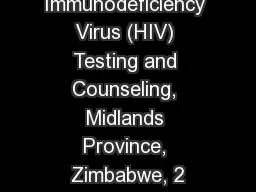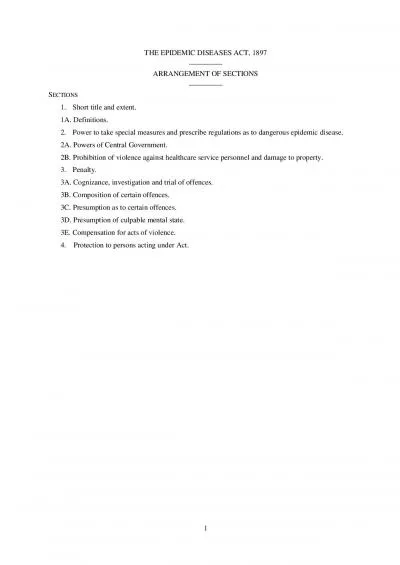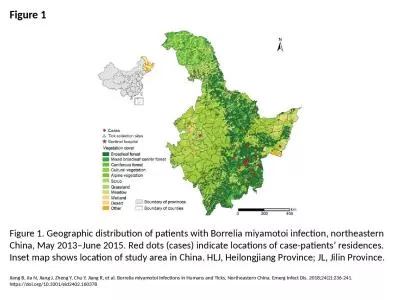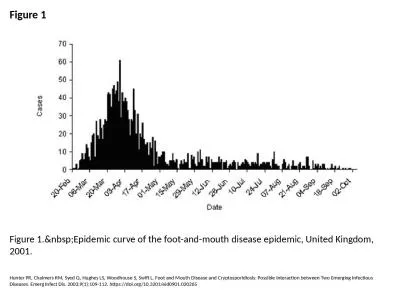PPT-The HIV epidemic in Heilongjiang province of China
Author : wilson | Published Date : 2023-07-21
Fuxiang Wang Department of Infectious Diseases Fourth Affiliated Hospital of Harbin Medical University China Emailwangfuxiang999163com Mobile Tel13845101378
Presentation Embed Code
Download Presentation
Download Presentation The PPT/PDF document "The HIV epidemic in Heilongjiang provinc..." is the property of its rightful owner. Permission is granted to download and print the materials on this website for personal, non-commercial use only, and to display it on your personal computer provided you do not modify the materials and that you retain all copyright notices contained in the materials. By downloading content from our website, you accept the terms of this agreement.
The HIV epidemic in Heilongjiang province of China: Transcript
Download Rules Of Document
"The HIV epidemic in Heilongjiang province of China"The content belongs to its owner. You may download and print it for personal use, without modification, and keep all copyright notices. By downloading, you agree to these terms.
Related Documents

